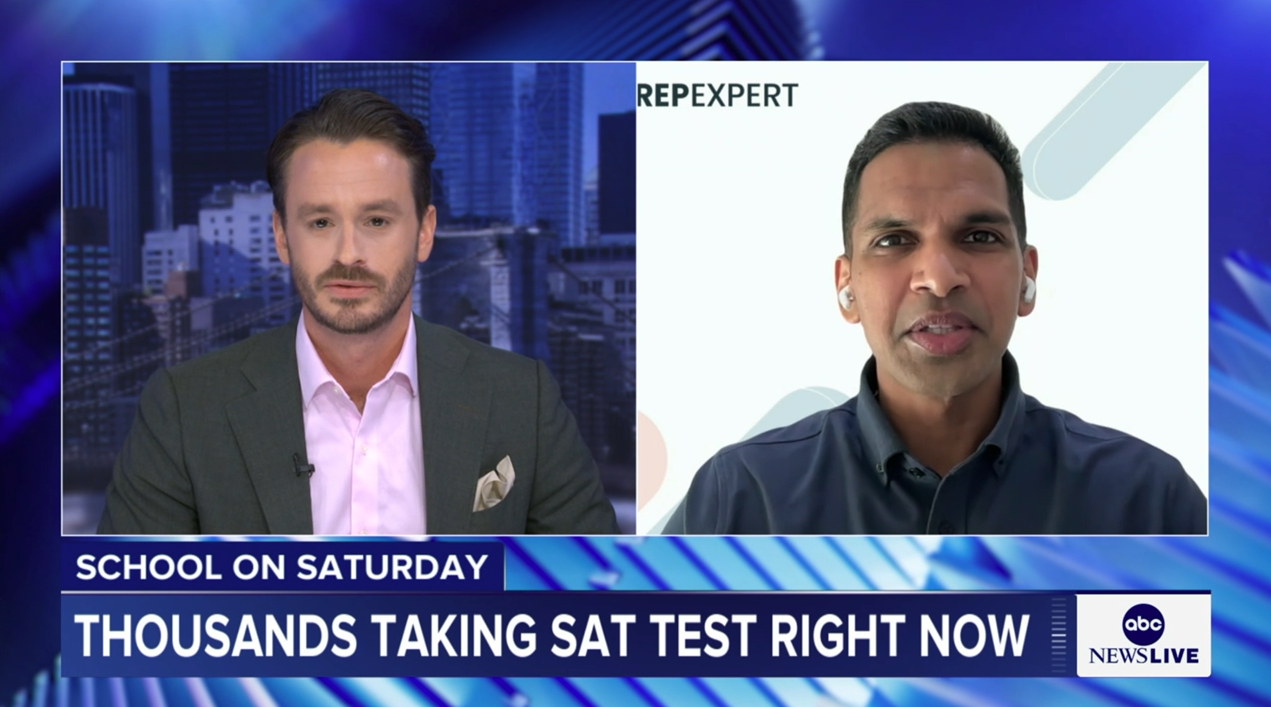How MIT’s New Free Tuition Policy Is Leading a New Era of American Meritocracy in Higher Education
Massachusetts Institute of Technology (MIT) recently announced an inspiring policy: the school will now provide free college tuition for families earning less than $200,000 annually. Similarly, the University of Texas system recently made a similar pledge for families making under $100,000. And these prestigious institutions are far from alone. More and more top-tier colleges and universities are eliminating financial barriers for talented students from middle- and lower-income backgrounds.
This shift couldn’t be happening at a more critical moment. For years, many have lamented the increasing stratification of American higher education—where students from wealthy families enjoyed substantial advantages not just in admissions, but in the actual affordability of a college education. Elite institutions have often come with elite price tags, making them feel off-limits to bright, hardworking young people who lack the means to shoulder a six-figure student loan burden. The result: America’s ideal of a true meritocracy—where success is determined by achievement rather than inherited wealth—took a severe hit.
Now, schools like MIT, the University of Texas, and several others are leading the charge to restore the essence of meritocracy in our educational system. By saying, “If you’ve got the talent and drive, we’ll cover the cost,” they ensure that the next generation of inventors, doctors, entrepreneurs, and leaders can advance based on merit rather than resources. This is not only a moral imperative—it’s a strategic one. America thrives when our brightest minds, regardless of family income, have the opportunity to shine.
A Trend Gaining Momentum
MIT’s new financial aid policy is both generous and pragmatic. Families who make less than $200,000 annually will no longer pay tuition, dramatically opening a pathway for thousands of brilliant young minds who previously might have excluded MIT from consideration. It sends a powerful message: If you can get into MIT, you can afford to go to MIT.
Similarly, the University of Texas system, one of the largest and most influential public university systems in the country, now ensures free tuition for families earning under $100,000. Given the size and diversity of the state of Texas, this policy could catalyze a profound shift in who has access to top-tier education. In the long run, it’s likely to spur more innovation, economic growth, and community leadership throughout Texas and beyond.
Other institutions have also joined in, from the Ivy League to top public universities. For instance, Princeton University has long offered a “no-loan” policy, ensuring that all students with financial need receive grants that don’t have to be paid back. Yale and Harvard have followed suit with their own generous financial aid packages, reducing or eliminating tuition for students from certain income brackets. The University of Michigan’s “Go Blue Guarantee” provides four years of free tuition for in-state students with family incomes of $65,000 or less. These changes aren’t isolated acts of charity; they are a response to the moral and economic necessity of creating a more equitable, merit-based education system.
Why This Matters for Meritocracy
Meritocracy is the cornerstone of the American Dream—the idea that anyone can rise to the top based on skill, intelligence, hard work, and character. But when our leading educational institutions turn into bastions of privilege, that dream fades. If only the wealthy can afford world-class education, then intelligence and hard work take a backseat to inherited status. This corrodes the very foundation of American society and hinders our long-term competitiveness on the global stage.
What do these new policies achieve? They level the playing field. When tuition is no longer an obstacle, admissions become more about talent than resources. If you have the grades, test scores, extracurricular accomplishments, and personal qualities that a top university looks for, you shouldn’t be deterred by an astronomical price tag. By helping talented students from diverse backgrounds attend schools like MIT or UT, we’re fueling a virtuous cycle of opportunity: More bright minds get the training they need, become leaders in their fields, and, in turn, mentor and inspire others from their communities to strive for excellence.
Expanding the Pool of Talent
There’s a strong economic rationale here as well. America’s success as a global leader in innovation, science, technology, and business is built on the strength of our talent pipeline. When we shut out capable students from lower-income families, we’re effectively wasting some of the country’s most precious resources: young minds with immense potential.
Over time, enabling more students from underprivileged backgrounds to earn degrees from prestigious institutions can only benefit the nation. These graduates bring fresh perspectives and lived experiences that enrich classrooms, dorm rooms, and ultimately, boardrooms. Research consistently shows that diverse groups outperform homogeneous ones in problem-solving and innovation. By making top-tier education accessible to those who’ve historically been excluded, we are spurring new ideas, breakthroughs, and inventions. This is a direct investment in America’s future.
Inspiring the Next Generation
Moreover, the ripple effect of such policies cannot be overstated. When a talented young person from a working-class family sees that they could attend MIT or UT for free if they earn admission, it sends a message: “Don’t hold back. Dream big.” That mentality can fuel a student’s academic journey from elementary school all the way through high school. Once they know that a top university education is within their reach, they have a clear incentive to work diligently, push themselves academically, and develop the personal qualities these institutions seek.
Too often, brilliant children grow up believing that schools like MIT or Ivy League institutions are not “for people like them,” either because they don’t see examples of students from their background attending these institutions or because the cost seems prohibitive. These new policies directly address that psychological hurdle. Free tuition is more than just financial relief; it’s a powerful statement of inclusion and belief in the meritocratic ideal.
What Comes Next
As more universities adopt similar policies, we can hope for a broader transformation in American higher education. Increasingly, we’ll see admissions decisions that truly focus on a student’s merit—intellectual promise, creativity, leadership potential, grit—rather than their family’s bank account. We’ll continue to see institutions refine these policies, expand eligibility, and find innovative ways to support students beyond tuition, including costs for housing, dining, books, and travel.
At the same time, there’s a growing conversation about the overall affordability of higher education in America. While free tuition for lower- and middle-income families at certain top universities is a tremendous step, we must also consider how to scale these efforts so that every deserving student has a shot at a high-quality, rigorous education—whether that’s at an elite research university, a top public college, or a well-resourced community college that provides a pathway to a four-year degree.
A Return to Core Values
The moves by MIT, the University of Texas, and many other universities align with the best of American values. They remind us that true meritocracy—rooted in fair competition, equal opportunity, and excellence—can still drive us forward. They counter the cynicism that has seeped into discussions about higher education accessibility. They signal to young people from all walks of life: You belong at the top if you earn it, and we will not let money stand in your way.
For years, I have advocated returning America to its meritocratic roots in both education and the workplace. I’ve seen far too many talented students sidelined by economic hurdles. Now, with these bold policy changes, we are witnessing a re-emergence of the American ideal—one that invests in its youth, prizes effort and ability, and ensures that the brightest minds can develop, succeed, and lead. It’s about time we recognized that meritocracy isn’t just a buzzword; it’s the key to our continued growth, resilience, and global leadership.
Dr. Shaan Patel, MD, MBA is the Founder & CEO of Prep Expert, a Shark Tank Winner, a #1 bestselling author, and a board-certified dermatologist.
Written by Dr. Shaan Patel MD MBA
Prep Expert Founder & CEO
Shark Tank Winner, Perfect SAT Scorer, Dermatologist, & #1 Bestselling AuthorMore from Dr. Shaan Patel MD MBA

How Prep Expert® Students Achieve Life-Changing ACT & SAT Score Improvements
For thousands of students, the SAT or ACT isn’t just a test — it’s a turning point. A higher score…

How to Get a Good ACT Score
Getting a good ACT score can feel a little mystifying to some students. After all, with the big numbers the…

Tens of Thousands Are Sitting for the SAT—But Only the Savvy Ones See a Massive Opportunity
Why Tens of Thousands of Students Taking the SAT Right Now Should See It as an OpportunityBy Dr. Shaan…
